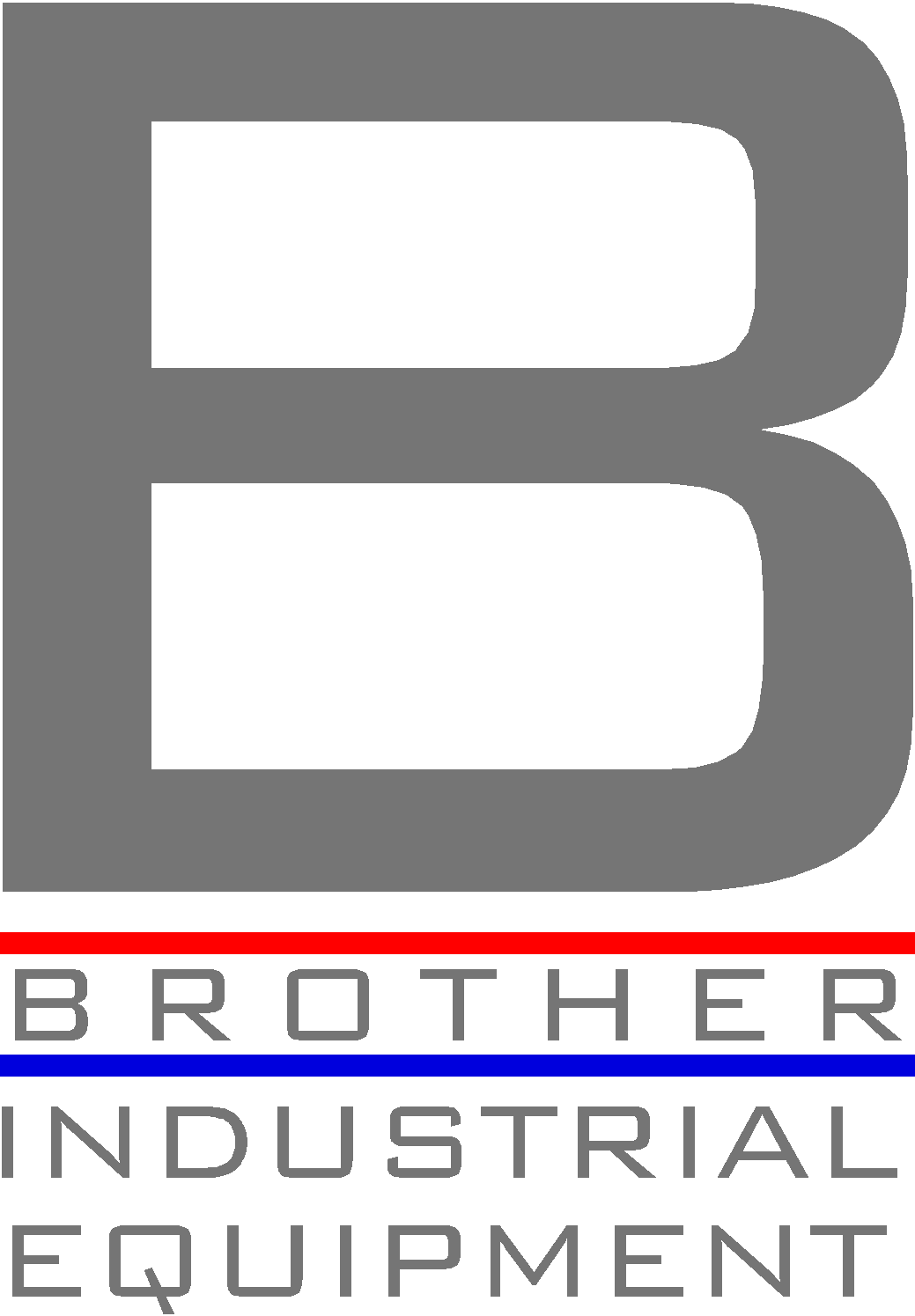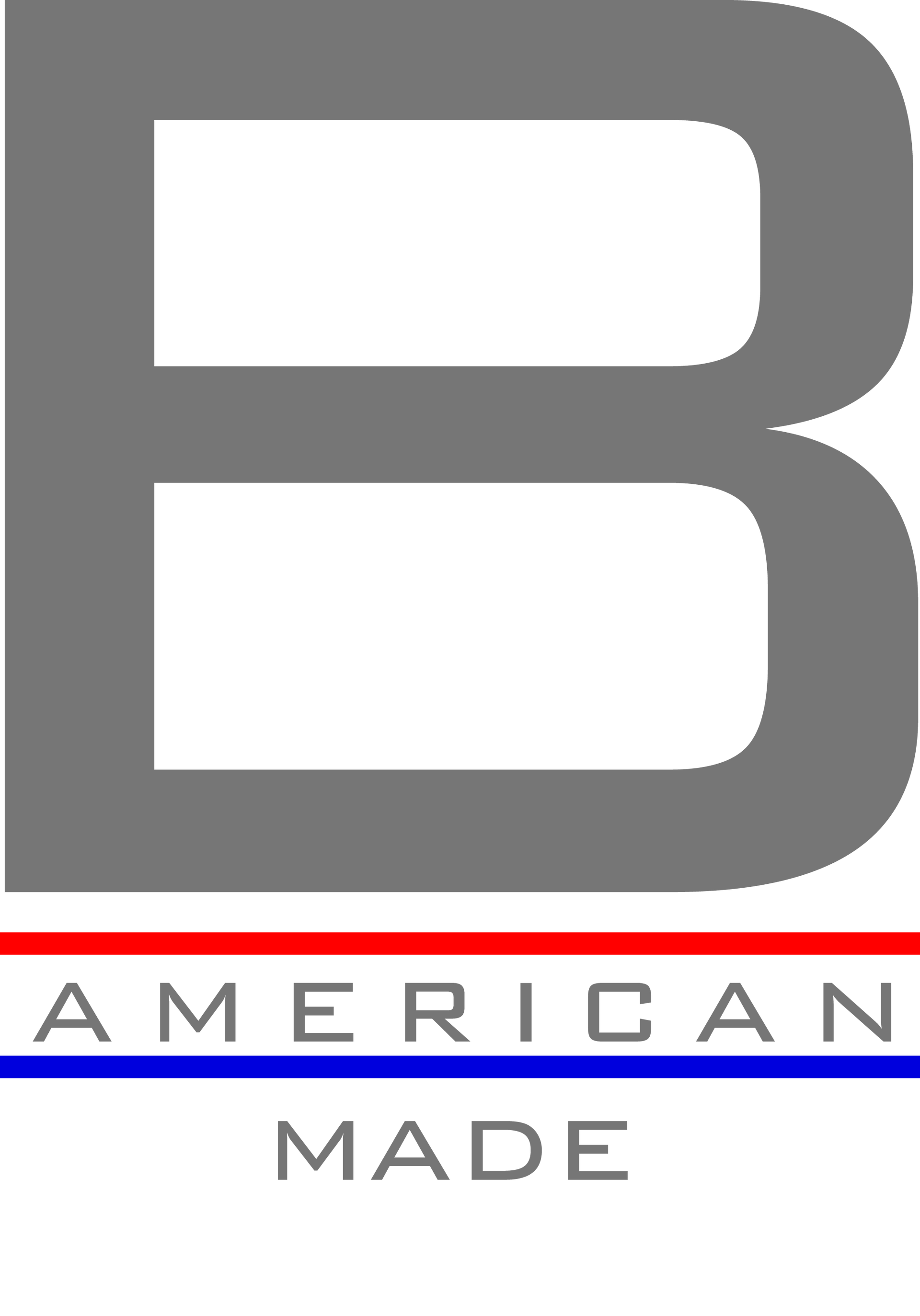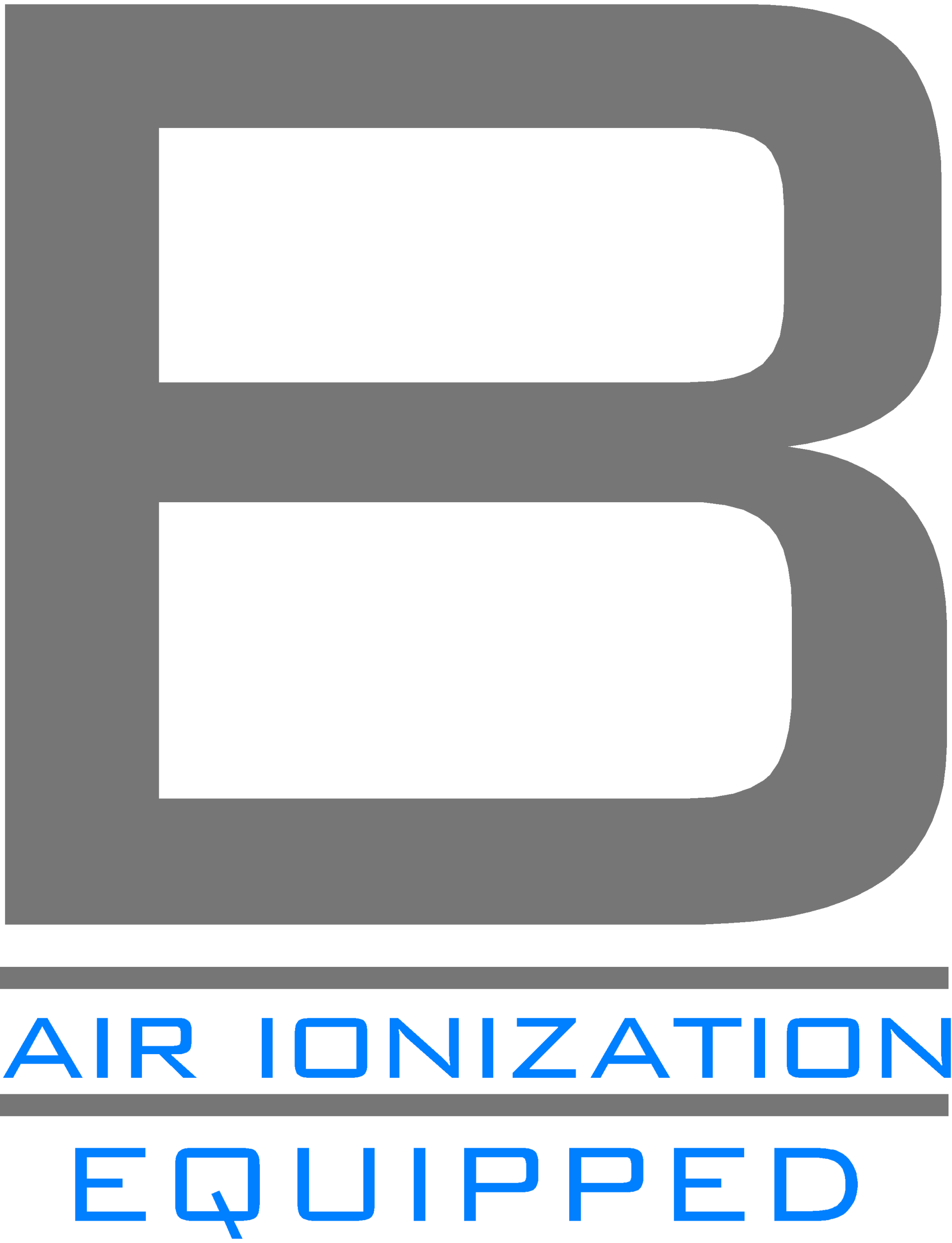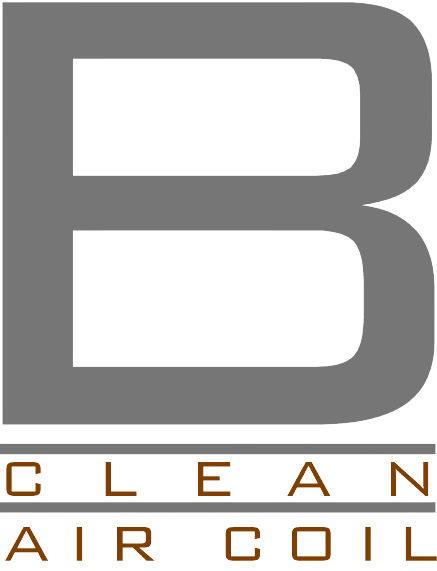CHILLED MEDIUM SYSTEM - FAQ
-
HOW DOES A CHILLED MEDIUM SYSTEM WORK?
A Chilled Medium System (aka Chilled Water) contains (4) necessary components:
1) Chiller: Cools a medium flowing through an onboard exchanger by way of VCR.
2) Fan Coil (or AHU): The Chilled Medium flows through an on-board coil, while a fan draws incoming air over the coil. The resulting heat exchange supplies cold air to the conditioned space.
3) Medium: Usually water or glycol, flows through the Chiller and Fan Coil.
4) Pump: Usually a centrifugal type, installed on the Chilled Medium Circuit and delivers the Medium though the Chiller and Fan Coil.
Chilled Medium Process
1st - The Medium enters the chiller at a warm temperature and leaves the chiller at a cooled temperature.
2nd - Now chilled, the medium enters the Fan Coil where the onboard fan delivers the cold air into the space.
3rd - The Medium leaves the Fan Coil, warmed again, and flows back to the chiller to start the process again.
Note: Chilled Medium is always flowing throughout the circuit unless medium bypass valves are installed at the Fan Coils. A bypass valve reroutes the Medium back to chiller upon fan shutdown (cycle OFF) to avoid unnecessary heat loss.
It is worth noting that a Chiller can provide Chilled (or heated) medium for a myriad of applications. The above cites basic components that are required in a Chilled Medium System designed for air conditioning applications.
-
HOW MANY CHILLERS? HOW MANY FAN COILS?
• Chiller and Fan Coil quantity is virtually limitless and do not have to be installed at a 1:1 ratio.
• Multiple chillers provide increased system redundancy.
• Fan Coil quantity should be dictated by strategically locating each unit to efficiently deliver conditioned air into the space.
• Cumulative Chiller capacity must match and be dictated by the cumulative Fan Coil Capacity.
-
WHAT IS “PROCESS CYCLE”?
Fan Coil Process Cycle:
The fan, installed aboard Fan Coil, will cycle ON/OFF as the temperature setpoint on thermostat in the conditioned space dictates.
Chiller Process Cycle:
A Temperature Setpoint and Differential Setpoint are entered at the on-board chiller control. The chiller will cycle ON when Medium Temperature reaches Differential Setpoint and OFF once Medium Temperature has reached the Temperature Setpoint.
Example: With a Temperature Setpoint of 45 F and a Differential Setpoint of 5 F, the chiller cycles ON at 50 F and cycles OFF once Medium reaches 45 F)
-
CAN CHILLERS PROVIDE HEAT? CAN FAN COILS PROVIDE HEAT?
- The Chilled Medium Process is identical for hydronic heating applications (reverse cycle).
- Fan Coils:
o Will operate with warm or cool water entering, thermostat setting is changed to heat.
o Can also be equipped with heating elements to heat and dry the air.
o Can provide heat with both Electric Heat AND Hydronic Heat.
-
WHAT DOES “DRY, PURIFY AND DEHUMIDIFY!” MEAN?
- Fan Coils provide dehumidification as a byproduct of cooling the air.
o Drying elements can be added to Fan Coils to provide additional dehumidification effectiveness.
- Fan Coils can purify the air by way of Air Ionization, no ozone is produced from this process.
-
WHERE ARE CHILLERS INSTALLED? WHERE ARE FAN COILS INSTALLED?
- Chillers are typically designated for exterior installation.
- Fan Coils can be installed inside the conditioned space or ducted to the conditioned space.
-
WHAT IS FREE COOLING?
- Some applications, such as grow spaces, require Chilled Medium Systems to maintain space loads year-round. A Free Cooler takes advantage of cool ambient air temperatures during the cold weather months to reduce the reliance on mechanical (chiller) cooling to provide the chilled medium.
Nothing is ever “free” but the installing a Free Cooler on a Chilled Medium System can provide Chilled Medium to the load “FREE” of the Mechanical Chiller.












